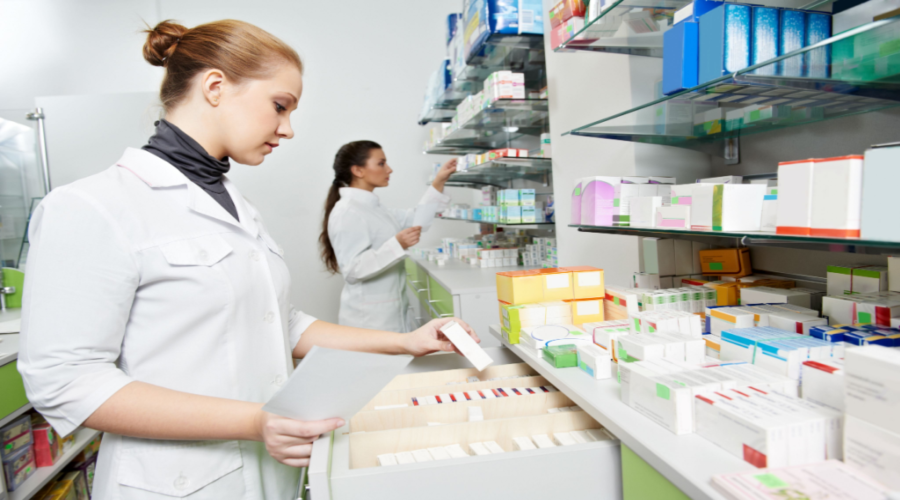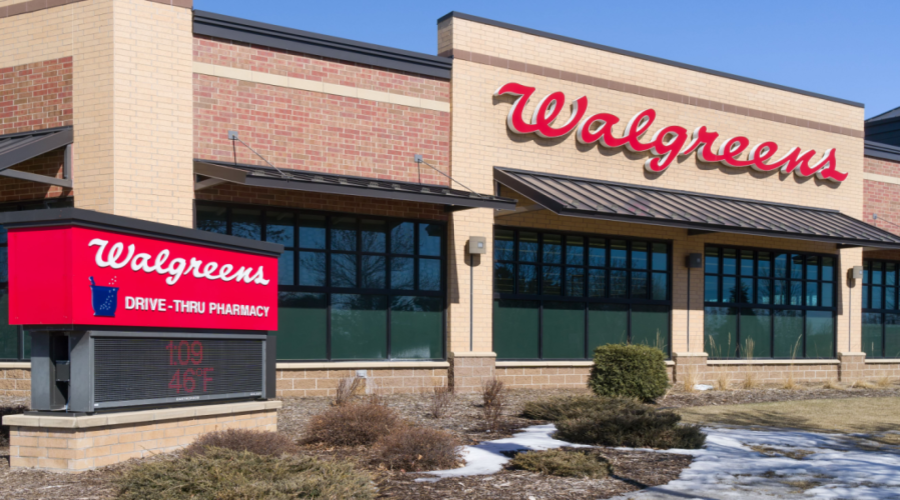When inventory doesn’t match up with the demand of your customers in your pharmacy, it can be frustrating. But the truth is, independent community pharmacies are left with at least some stranded products on the shelves.
There are many reasons why this happens, and most are beyond your control. Some patients may need to switch the strength or dose of their maintenance medications over time. There may be managed-care issues where a PBM may switch from one covered drug to another. A simpler cause may be that a manufacturer’s packaging leaves you with unused products. Whatever the reason, here are some tips for properly disposing of these unsold pharmaceuticals.
Know when to remove products
The most effective and least costly approach is to return the unsold products, near or after their expiration date, every quarter. If the product is in its original container, it may be eligible for credit if it’s properly returned in a timely manner.
What may be eligible for credit
Before you begin the process of returning unsold products for credit, do your research. Manufacturer pharmaceutical return goods policies vary significantly.
If products are unopened and still sealed in original manufacturer packaging, they’re generally eligible for credit. Some manufacturer policies (mostly branded products) will accept opened containers and partial products as eligible products. However, partial products–those whose packaging has been opened at the pharmacy and some pills have been dispensed–are the most frequent reason why products are not eligible.
Products and dosage types such as injectables, ampules, and cartridges are not eligible at all. The same goes for products not in their original manufacturer container (i.e. re-packs or medication that’s been put into a prescription vial). They won’t qualify for credit.
How to handle returns
Identify your unsaleable pharmaceutical products by visually inspecting products on the shelves, in the vault, and in the refrigerator. Check expiration dates quarterly.
Arrange partially dispensed products or those with the most recent expiration dates at the front of the shelf. Or use color-coded tags that make it easy to recognize a product’s expiration date.
Identify the products to send to the returns company, and separate them into groups (short-dated, expired, or recalled products) for return processing. Check out the returns company’s web portal for a workflow on how to create an inventory of products and the steps to prep and ship product back to their warehouse. You may even find that they provide onsite resources to process the returns on your behalf.
Recouping credit
While eligible products could be worth 70 to 80 percent of your original cost, the numbers vary based on each manufacturer’s return-goods policy and wholesaler credit issuance processes. Understand the terms of payment and method of payment.
Unsaleable returns will always be an issue in pharmacy, so figure out ways to avoid them in the first place. When you have an open container of generic medication, fill as many scripts as you can before unsealing a new one. Partial generics may not be eligible for credit. Stay on top of prescriptions not picked up by customers. If allowed under your state’s pharmacy regulations, return the unclaimed drug to its original container.
The trick to regaining losses is to minimize returns wherever you can by keeping up with your pharmacy inventory management. If the process is too time consuming, partner with a pharmaceutical returns company and wholesale partner. That way, you’ll trust that the right products are returned, properly disposed of, and credited in a timely manner.
A Member-Owned Company Serving Independent Pharmacies
PBA Health is dedicated to helping independent pharmacies reach their full potential on the buy-side of their business. Founded and owned by pharmacists, PBA Health serves independent pharmacies with group purchasing services, wholesaler contract negotiations, proprietary purchasing tools, and more.
An HDA member, PBA Health operates its own NABP-accredited secondary wholesaler with more than 6,000 SKUs, including brands, generics, narcotics CII-CV, cold-storage products, and over-the-counter (OTC) products — offering the lowest prices in the secondary market.












